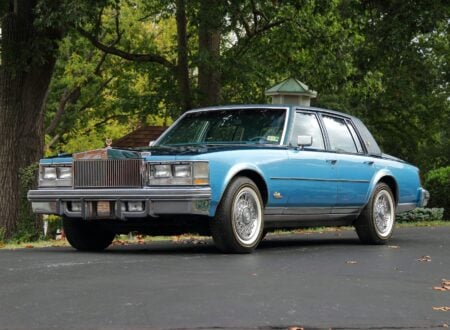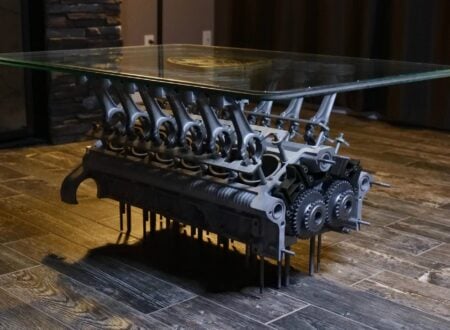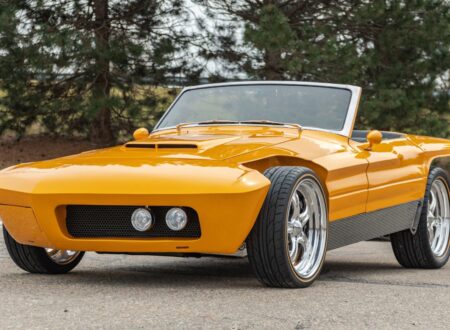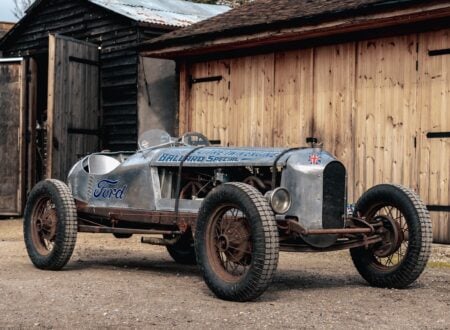This is the Mosler Consulier GTP, it’s a car that was so quick it went on to dominate IMSA racing for six years before being banned. It would later dominate the Longest Day of Nelson 24-Hour Race before being banned, and would then be banned for being too successful in Car and Driver magazine’s One Lap of America series.
The key to the success of the Consulier GTP was its low weight, it was made almost entirely from a composite consisting of carbon fiber, Kevlar, fiberglass, and closed-cell foam. It’s been called the first production car with a composite monocoque tub – putting it well ahead of the major supercar manufacturers at the time.
Fast Facts – The Mosler Consulier GTP
- Consulier Industries was founded by Warren Mosler in 1985, he developed the company’s first car – the Consulier GTP – with a strict focus on low weight and good aerodynamics.
- While the styling of the car has attracted some criticism over the years the performance has never been in doubt. It was one of the most advanced production cars in the world when it was introduced in 1985, with a carbon fiber, Kevlar, fiberglass, and closed-cell foam monocoque tub and a curb weight of just 2,200 lbs.
- The Consulier GTP would become a dominate force in IMSA racing for six years, it was initially hit with a 300 lb weight penalty, then banned outright. It would later be banned from the Longest Day of Nelson 24-Hour Race and Car and Driver magazine’s One Lap of America series for winning too often.
- It’s believed that just 83 examples of the Consulier GTP were built between 1985 and 1996, before the model was replaced with the similarly designed Mosler Intruder and the Mosler Raptor.
Who Is Warren Mosler?
Warren Mosler is an American entrepreneur and academic who is best known, outside of academic circles, for founding automotive manufacturer Consulier Industries in 1984 which was later spun off into into Mosler Automotive.
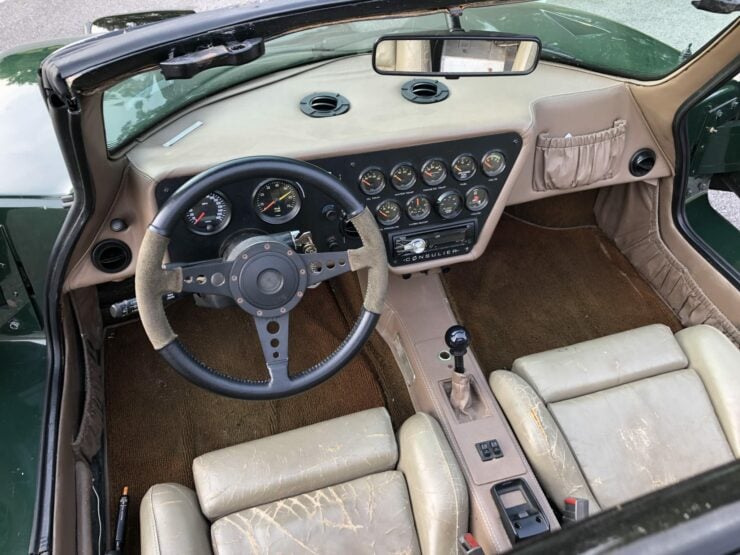

Mosler graduated from the University of Connecticut in the early 1970s with a degree in economics. He initially worked in banking before founding a hedge fund in 1982, which would prove successful and allow him to pursue his passion for technologically advanced cars starting with the Consulier GTP in 1985.
In the 1990s Mosler would transition largely into academia, he now has an honorary doctorate from Franklin University Switzerland and he was a visiting professor at the University of Bergamo. In 2010 he published the book Seven Deadly Innocent Frauds of Economic Policy which highlighted errors that can be made in economic policy, offering better alternatives.
In economist circles he’s well-known for Mosler’s Law which states that “[…] no financial crisis [is] so deep that a sufficiently large fiscal adjustment cannot deal with it.”
Mosler would run for elected office a number of times, and he’s now based in the U.S. Virgin Islands working on a government-sponsored economic growth initiative.
The Mosler Consulier GTP
The Consulier GTP first appeared in 1985, and no one was entirely sure what to make of it. It was the first production car with a composite monocoque tub, an architecture that’s now being used extensively by high-performance automobile manufacturers around the world.
Above Video: This is the original review of the Consulier GTP by MotorWeek from 1989. In it you see Warren Mosler discussing the philosophy behind the creation of the car, and you get to see him standing on its roof to show how strong the composite body is.
In an interview with MotorWeek in 1989 (see it above), Mosler explained that he wanted to build a high-performance car with a curb weight of just 2,000 or so pounds, as opposed to the much heavier average sports car weight of 3,000 – 3,500+ pounds.
This weight saving alone would be enough to make almost any car competitive, but Mosler paired it with advanced suspension, a mid-engined layout, excellent aerodynamics, and four-wheel disc brakes. The result was a car that was almost unbeatable, and certainly unbeatable by any American production sports car of the time.
The body of the Consulier GTP was made from a combination of carbon fiber, Kevlar, fiberglass, and closed-cell foam, with box-section tubular steel subframes front and back to hold the suspension and engine/transmission.
Inside the car there was seating for two, and a number of modern conveniences were available including electric windows, power locks, Recaro bucket seats, a stereo, and even air conditioning.
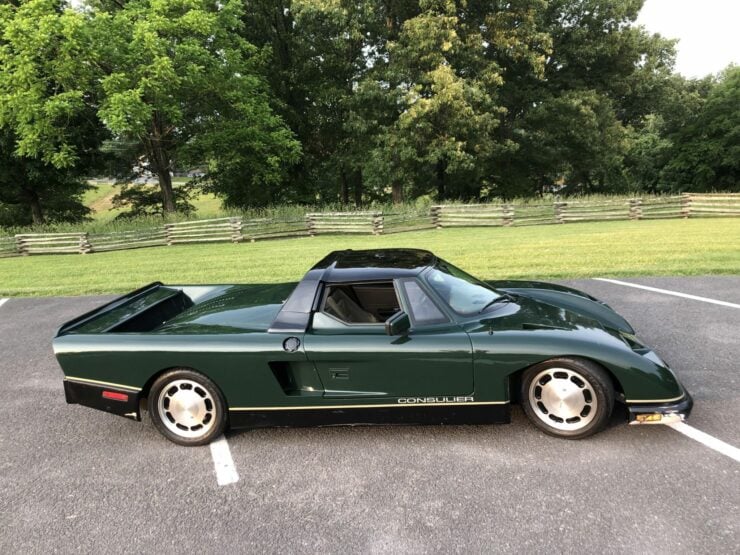

Power was provided by the Chrysler 2.2 Turbo II engine, an inline-four producing 175 bhp. Mosler discussed with MotorWeek the importance of using engines that had already been federalized for use in production road cars – a difficult feat for automakers as emissions regulations were changing often, and becoming more stringent.
Though 175 bhp may not sound like much the Consulier GTP was lightning fast thanks to its excellent power-to-weight ratio. A second series of the GTP used the newer Turbo III version of the engine which was capable of 190 bhp with no additional weight penalty. Some later cars were claimed to have as much as 204 bhp and 235 lb ft of torque.
The curb weight of the GTP was just 998 kgs to 2,200 lbs, an achievement that Colin Chapman himself would have been proud of. It’s believed that just 83 examples of the Consulier GTP were made, with the model renamed the Mosler Consulier GTP when Consulier Industries was spun off into Mosler Automotive.
Mosler Automotive would later release the Mosler Intruder and the Mosler Raptor, both based on lessons learned with the earlier GTP.
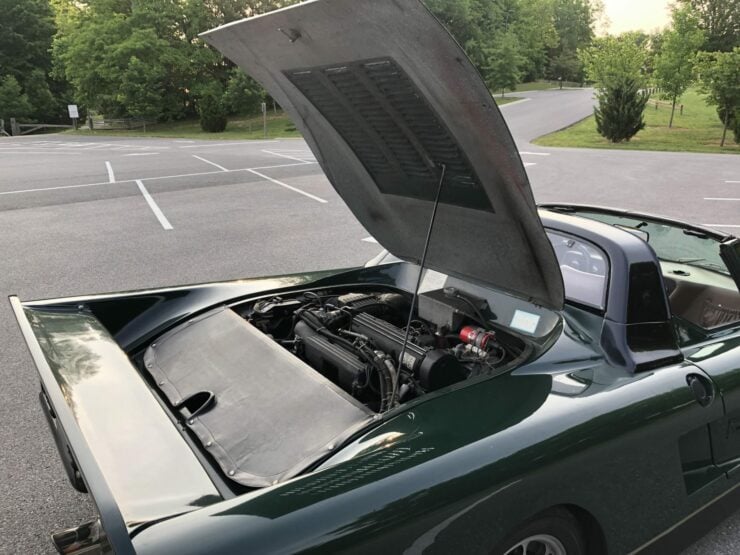

The 1991 Mosler Consulier GTP Shown Here
The car you see here is a Mosler Consulier GTP from 1991, meaning it benefits the later, more powerful specification of the Chrysler engine. Power is sent to the rear wheels via a Getrag 555 five-speed manual transaxle and a a limited-slip differential.
This GTP is fitted with 15″ Cragar wheels, ventilated disc brakes, removable roof panels, a rear spoiler, power windows and locks, Recaro bucket seats, air conditioning, and a JVC CD stereo. The seller notes that the air conditioning system was re-gassed before it was put up for sale.
The car is showing signs of wear and tear both inside and out, so it will hopefully be picked up by someone who wants to give it a rolling restoration back to top shelf condition. It’s now being offered on Bring a Trailer out of Trammel, Kentucky. If you’d like to read more about it ore register to bid you can visit the listing here.

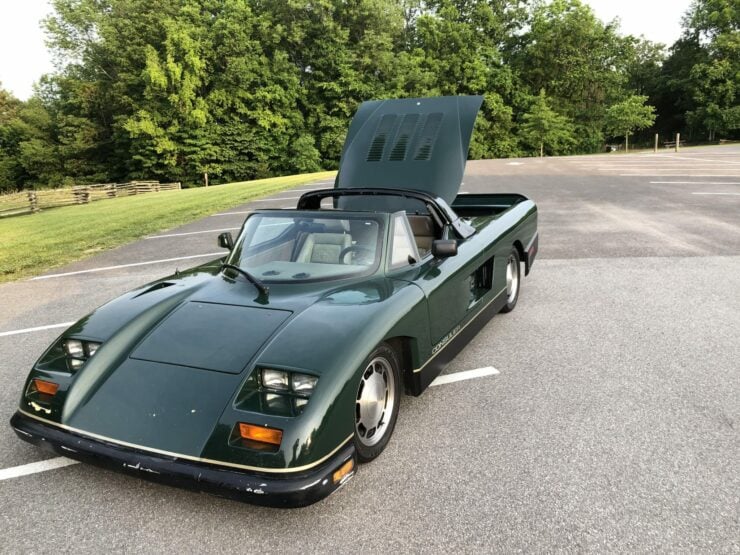

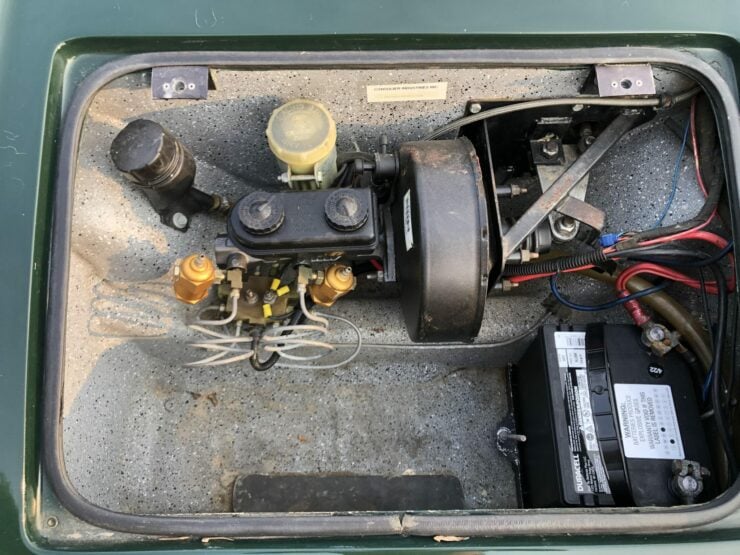
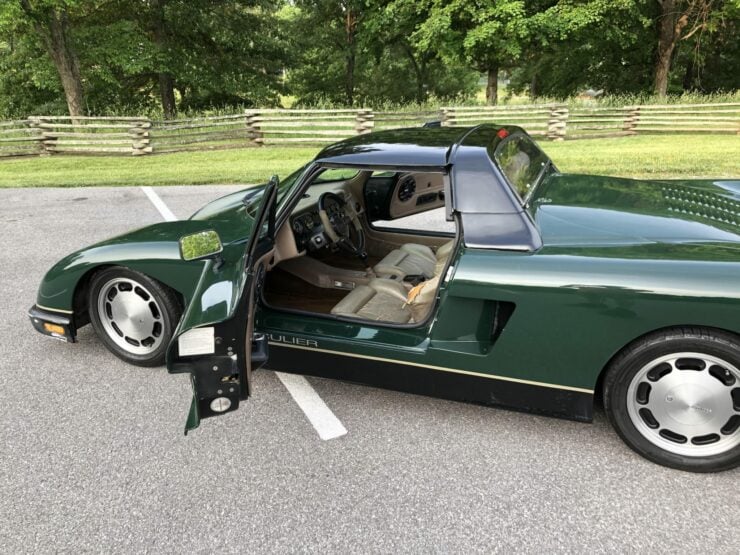
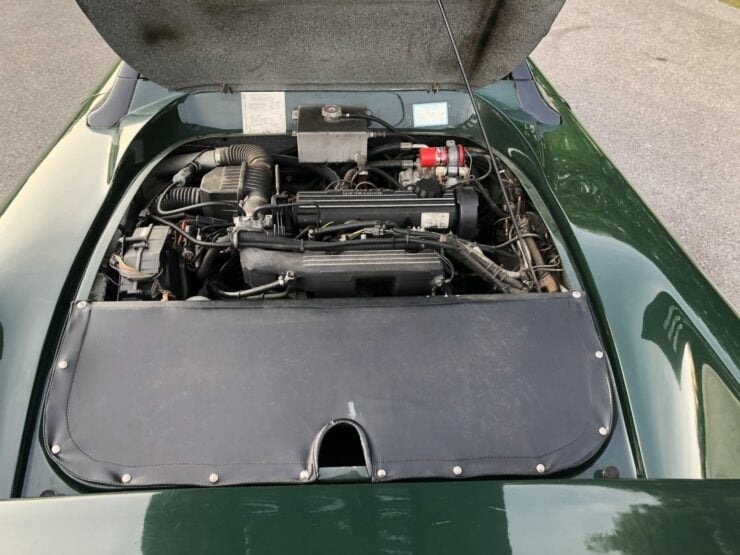

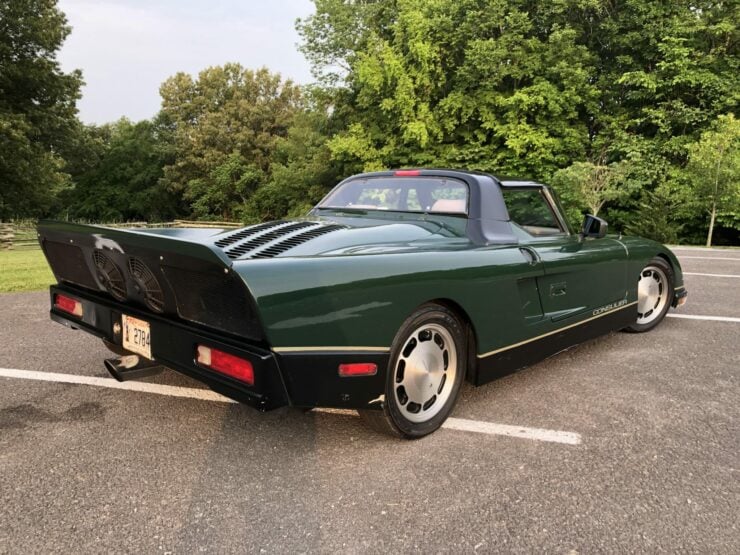

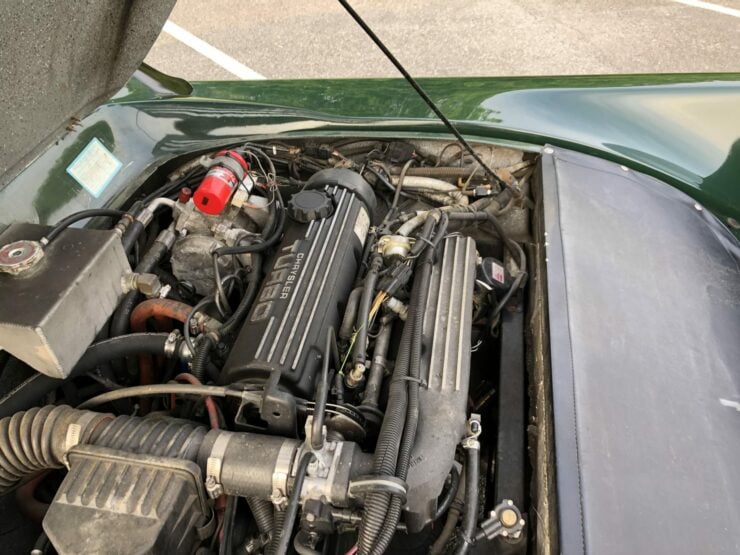





Images courtesy of Bring a Trailer

Articles that Ben has written have been covered on CNN, Popular Mechanics, Smithsonian Magazine, Road & Track Magazine, the official Pinterest blog, the official eBay Motors blog, BuzzFeed, Autoweek Magazine, Wired Magazine, Autoblog, Gear Patrol, Jalopnik, The Verge, and many more.
Silodrome was founded by Ben back in 2010, in the years since the site has grown to become a world leader in the alternative and vintage motoring sector, with well over a million monthly readers from around the world and many hundreds of thousands of followers on social media.


